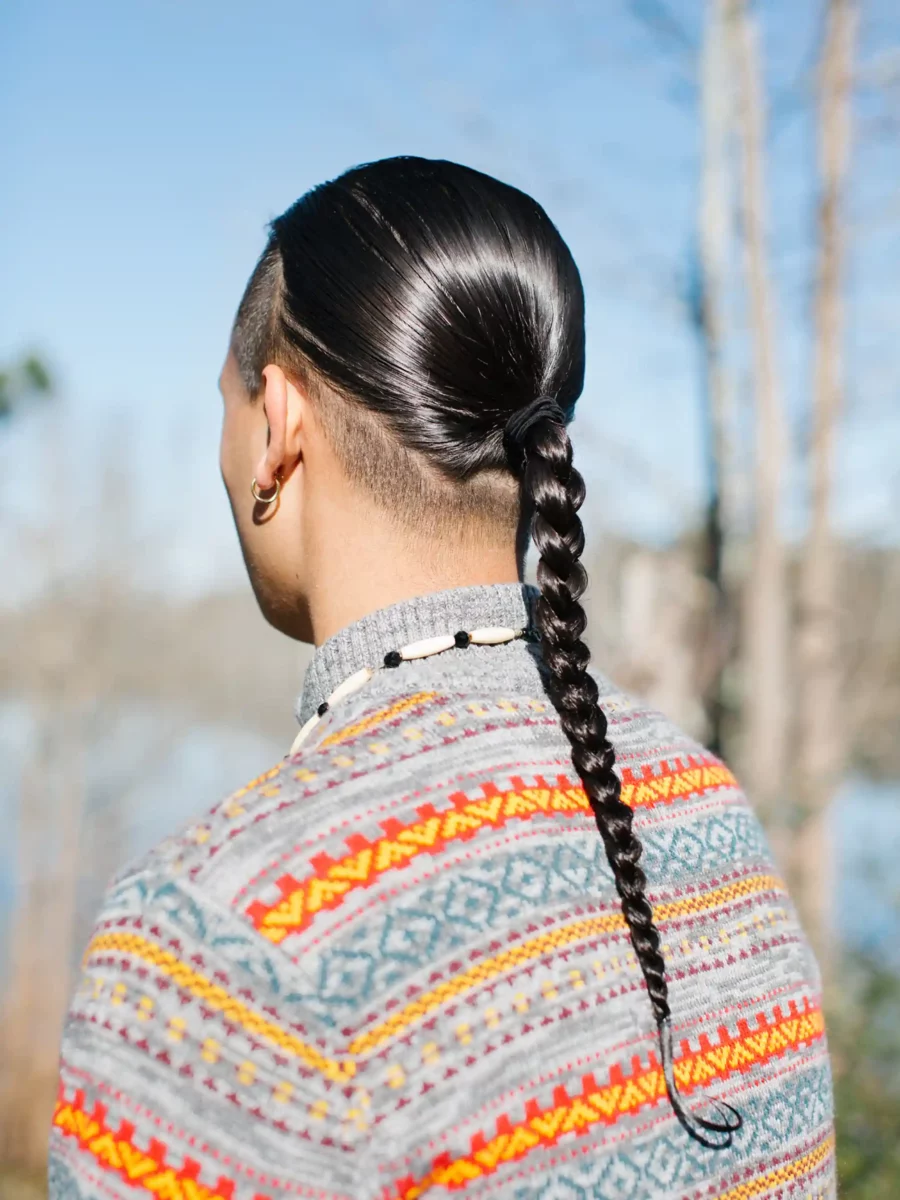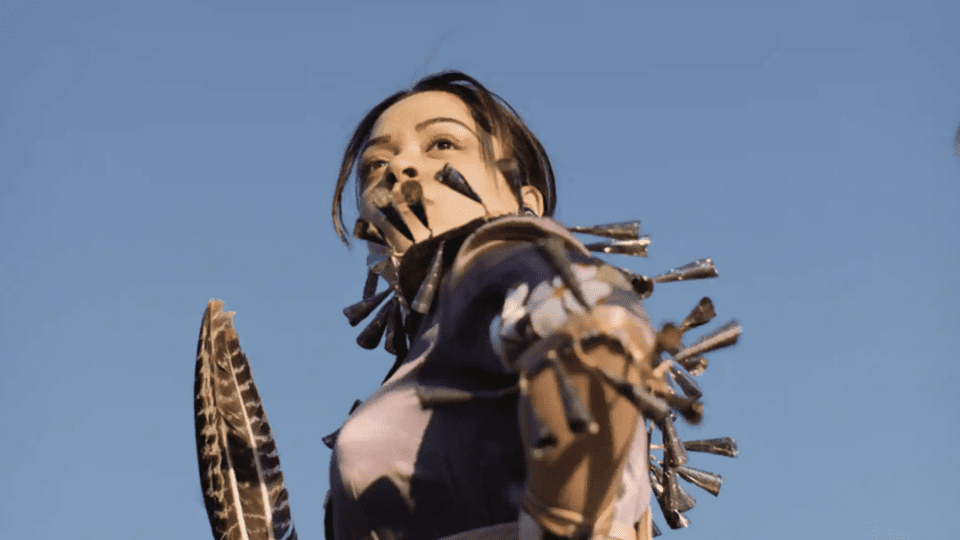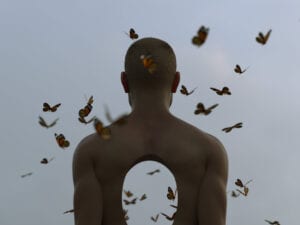The Lumbee tribe is a Native American population centred in North Carolina. In 1952, the Lumbee name was voted for to unite all tribes living in and around Robeson county. They wanted to form a union large enough to gain recognition. Whilst they were granted their name, they were denied government benefits and federal recognition. They were told that they only existed since 1953 – when the ballot was passed – it couldn’t be proved that they were around before this. The state declared their existence before they did.

In 2011, Maria Sturm began to photograph the lives of young people from the Lumbee Tribe. You Don’t Look Native to Me combines realist photographs with transcribed interviews. The book’s title is borrowed from a quote familiar to many residents of the county, encapsulating the discrepancy between perceived and actual identity. It points to a group of people whose very selves are being questioned. It represents those who are ignored by the outside world, criticised for not wearing their “otherness on their physique.”

What does it mean to fit into a space that has denied your survival? On first glance, Sturm’s photographs appear to depict the daily life of an archetypal American community. On closer inspection however, elements of hybridity emerge – a street named “Dreamcatcher Drive,” a man wearing a baseball cap with a feather, the closure of it stitched with “Native Pride.” The series depicts ways of modern life that reveal Native identity as a fluid and evolving identity. Indigenous symbolism comes to the fore. A metal poler rises from the ground and reads “Lumbee Street,” a green sign bears the title “Dream Catcher.” A girl from the Tuscarona Nation dresses up as a vampire in a rainbow regalia, her hair shimmering in the light.

This is more than just a photobook. It’s an archive that celebrates all identities. It redresses the visibility of Indigenous communities, recalling the work of Wendy Red Star and Martine Gutierrez. Kaya Littleturtle, member of the Lumbee Tribe of North Carolina explains, “It’s not that the Lumbees and the Natives here lack languages or cultural ways. The Lumbees have so much of it, it’s been clustered for so long. It’s waking up.” Here, Sturm shows a generation that in the face of erasure, chooses to exist.
You Don’t Look Native to Me | VOID
Words: Chloe Elliott
All images courtesy of Maria Sturm ©




